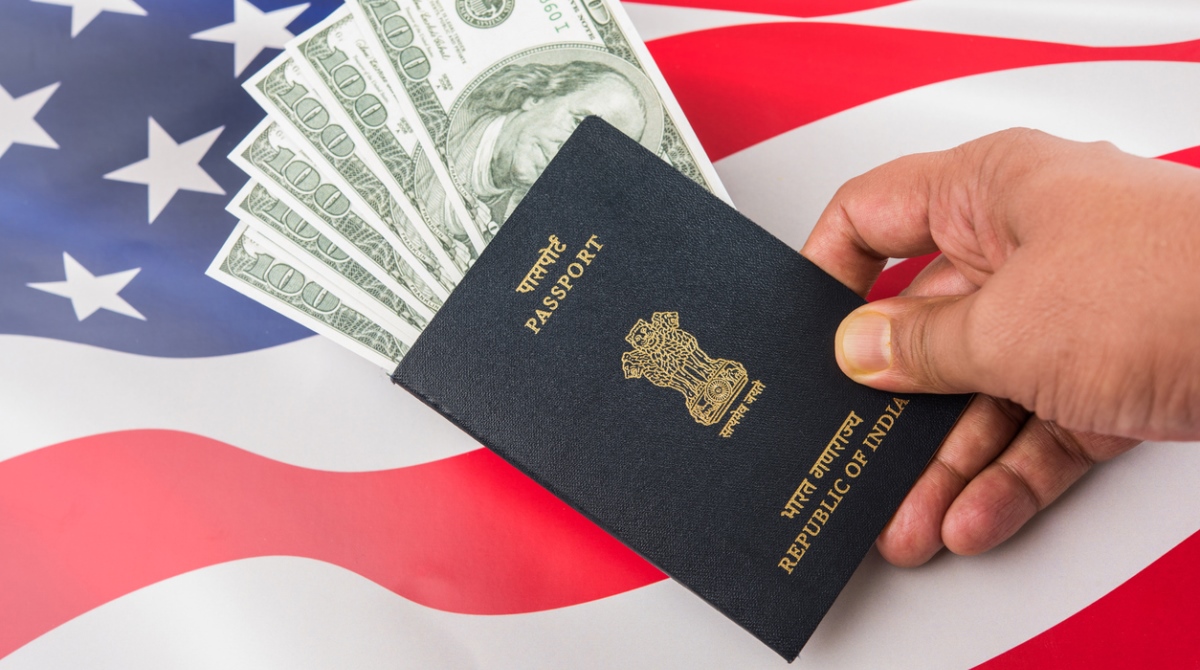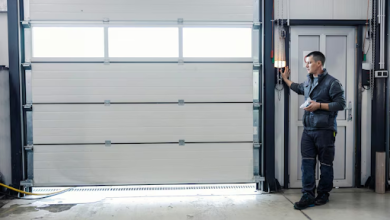In the complex realm of international travel and immigration, securing a U.S visa is often the crucial gateway for individuals aspiring to study, work, or reside in the United States. However, the journey towards obtaining such a visa is fraught with challenges, not the least of which are the technical issues that applicants frequently encounter. From glitches in online application systems to delays in processing times, these obstacles can significantly impede the progress of eager applicants, leading to frustration and anxiety. In this comprehensive guide, we delve into the myriad technical issues plaguing the US visa application process, exploring their causes, consequences, and potential solutions. US Visa Technical Issues
Understanding the Landscape: Types of U.S Visas and Common Technical Hurdles
Before delving into the technical issues themselves, it’s essential to grasp the diverse array of US visas and the distinct challenges associated with each category. From non-immigrant visas such as tourist (B-2) and student (F-1) visas to immigrant visas like family-based (IR) and employment-based (EB) visas, the US visa system encompasses a wide spectrum of entry options, each with its own set of requirements and procedures. However, regardless of the visa type sought, applicants often encounter similar technical hurdles throughout the application process.
-
Glitches in Online Application Systems
In an era dominated by digital technologies, the online visa application process has become the primary avenue for aspiring travelers to initiate their journey. Unfortunately, this reliance on electronic platforms has exposed applicants to a myriad of technical glitches and malfunctions. From system crashes during peak periods to errors in form submission, these issues can disrupt the application process and undermine the confidence of applicants in the system’s reliability. Moreover, the lack of real-time technical support exacerbates the frustration experienced by individuals grappling with these challenges, leaving them stranded in a state of uncertainty.
-
Delays in Processing Times
One of the most pressing concerns for visa applicants is the unpredictability of processing times, which can vary widely depending on various factors, including the applicant’s country of origin, visa category, and the workload of the consulate or embassy handling the application. While some delays may be attributed to procedural complexities or security clearance requirements, others stem from technical inefficiencies within the visa processing system. For instance, outdated software systems, insufficient staffing, and communication breakdowns between different government agencies can all contribute to delays in processing, leaving applicants in limbo for weeks or even months.
-
Communication Breakdowns and Lack of Transparency
Effective communication is paramount in any visa application process, enabling applicants to stay informed about the status of their application and address any issues that may arise promptly. However, all too often, applicants encounter communication breakdowns and a lack of transparency regarding the reasons for delays or rejections. Automated response systems and generic email notifications offer little solace to applicants seeking clarity on their visa status, exacerbating feelings of frustration and helplessness. Moreover, the absence of accessible channels for lodging complaints or seeking assistance further compounds the challenges faced by applicants navigating the bureaucratic labyrinth of the visa process.
-
Biometric Data Collection and Verification
In recent years, biometric data collection has emerged as a standard requirement for many U.S visa categories, aimed at enhancing security measures and preventing identity fraud. While the intent behind this initiative is commendable, the implementation of biometric screening has introduced its own set of technical challenges. From malfunctioning fingerprint scanners to discrepancies in facial recognition software, issues with biometric data collection and verification can significantly delay the processing of visa applications, forcing applicants to endure prolonged waiting periods and logistical hurdles.
-
Systemic Inequities and Discriminatory Practices
Beyond the technical glitches and logistical challenges inherent in the visa application process, there are broader systemic issues that perpetuate inequities and exacerbate disparities among applicants. From arbitrary U.S visa quotas and restrictive immigration policies to discriminatory practices based on nationality or ethnicity, these systemic barriers pose formidable obstacles for individuals seeking to obtain a U.S visa. Moreover, marginalized communities, including refugees, asylum seekers, and undocumented immigrants, often face heightened scrutiny and prejudice, further complicating their quest for legal status in the United States. US VISA APPLICATION
Addressing the Challenges: Towards a More Accessible and Efficient Visa System
While the technical issues plaguing the U.S visa application process may seem daunting, there are steps that can be taken to mitigate these challenges and enhance the accessibility and efficiency of the system.
-
Modernization of Infrastructure and Technology
Investing in the modernization of U.S visa processing infrastructure and technology is crucial to improving the efficiency and reliability of the system. This includes upgrading outdated software systems, implementing user-friendly online platforms, and enhancing connectivity between different government agencies involved in the visa process. By leveraging cutting-edge technologies such as artificial intelligence and biometric authentication, authorities can streamline the application process, reduce processing times, and minimize the risk of technical glitches.
-
Enhanced Communication and Transparency
Improving communication channels and transparency in the U.S visa application process is essential to providing applicants with timely updates and addressing their concerns effectively. This can be achieved through the establishment of dedicated helplines, online portals for tracking application status, and regular updates on processing times and procedural changes. Additionally, authorities should prioritize clear and concise communication with applicants, providing detailed explanations for any delays or rejections and offering avenues for recourse or appeal.
-
Streamlined Biometric Data Collection
While biometric screening plays a vital role in enhancing security measures, efforts should be made to streamline the collection and verification of biometric data to minimize disruptions to the application process. This includes ensuring the reliability and accuracy of biometric identification systems, optimizing the deployment of biometric capture devices at consular facilities, and providing adequate support and guidance to applicants during the biometric enrollment process.
-
Equity and Inclusion in Visa Policies
Promoting equity and inclusion should be central tenets of U.S visa policies, with a focus on eliminating discriminatory practices and addressing systemic barriers to access. This entails reforming U.S visa quotas and immigration policies to ensure fair and equitable treatment for all applicants, regardless of their nationality, ethnicity, or socioeconomic status. Moreover, authorities should prioritize the protection of vulnerable populations, including refugees, asylum seekers, and undocumented immigrants, by providing them with access to legal resources and support services.
Conclusion: Navigating the Path Forward
In conclusion, the technical issues surrounding the U.S visa application process represent significant challenges for applicants seeking to realize their dreams of studying, working, or residing in the United States. From glitches in online application systems to delays in processing times and communication breakdowns, these obstacles can impede the progress of even the most determined individuals. However, by addressing these challenges through investments in modernization, enhanced communication, streamlined biometric data collection, and equitable U.S visa policies, authorities can create a more accessible and efficient visa system that fosters diversity, inclusion, and opportunity for all. As we navigate the path forward, let us strive to build a visa process that reflects the values of fairness, transparency, and respect for the rights and dignity of all applicants.




